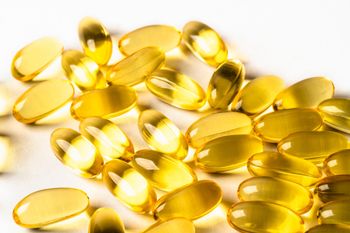
Formula that includes nicotinamide riboside may ameliorate symptoms of non-alcoholic fatty liver disease, says new study
A new placebo-controlled, 10-week study tested the efficacy and safety of combined metabolic activators (CMAs)—a combination of L-serine, nicotinamide riboside (as Niagen, from ChromaDex), N-acetyl-L-cysteine, and L-carnitine tartrate— in patients with nonalcoholic fatty liver disease.
A new placebo-controlled, 10-week study, published in
Researchers found that the CMA group saw significant reductions in inflammation as well as changes in microbiome composition. For example, subjects in the CMA group saw significant reductions in plasma levels of the inflammatory protein markers CD8A, CSF-1, CCL23, FGF-21, and oncostatin-M (OSM) while the placebo group saw no reductions. Elevated levels of FGF-21 are common in NAFLD patients and may be a potential diagnostic marker, while plasma levels of CCL23, CD8A, CSF-1, and OSM are associated with hepatic steatosis.
The gut microbiome of subjects taking CMA also changed. After 70 days, compared to baseline, the CMA group saw significant reductions in proteobacteria, actinobacteria, and firmicutes. Abundance of actinobacteria and proteobacteria is associated with NAFLD, and increased firmicutes to bacteroidetes ratio has been associated with obesity-related NAFLD. Increased abundance of butyrate-producing bacteria species was also found in the CMA group. Butyrate is the preferred energy source for gut epithelial cells, and plays a vital role in maintaining human health. The researchers concluded that CMA can be used to develop a pharmacological treatment strategy in NAFLD patients.
Reference
- Zeybel M et al. “Combined metabolic activators therapy ameliorates liver fat in nonalcoholic fatty liver disease patients.” Molecular Systems Biology, vol. 17 (2021)
Newsletter
From ingredient science to consumer trends, get the intel you need to stay competitive in the nutrition space—subscribe now to Nutritional Outlook.





